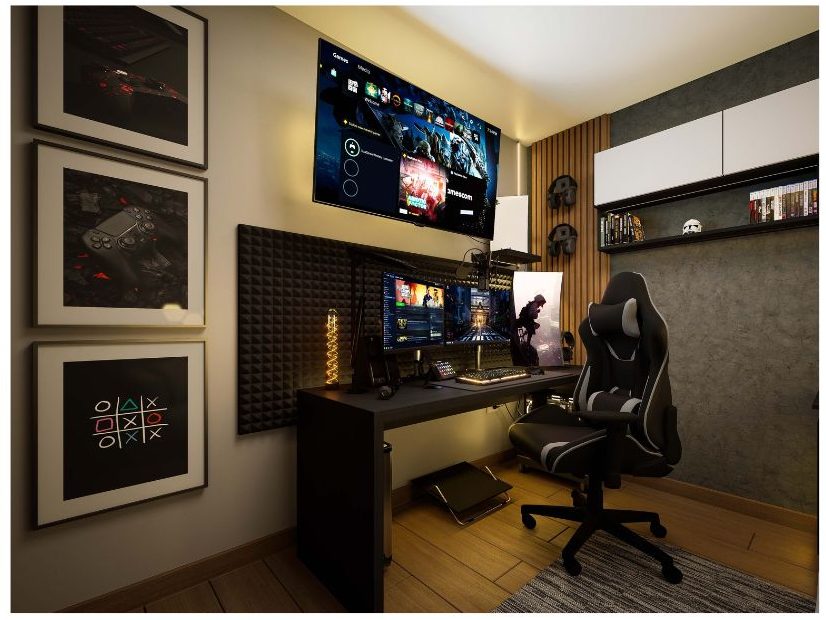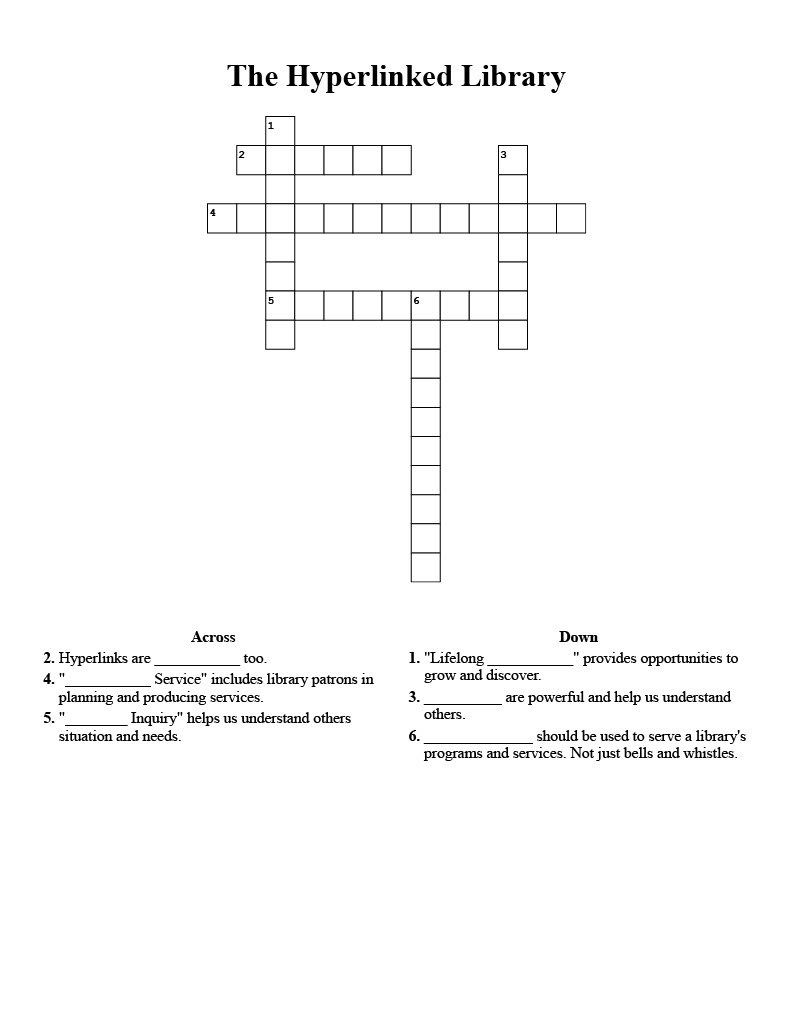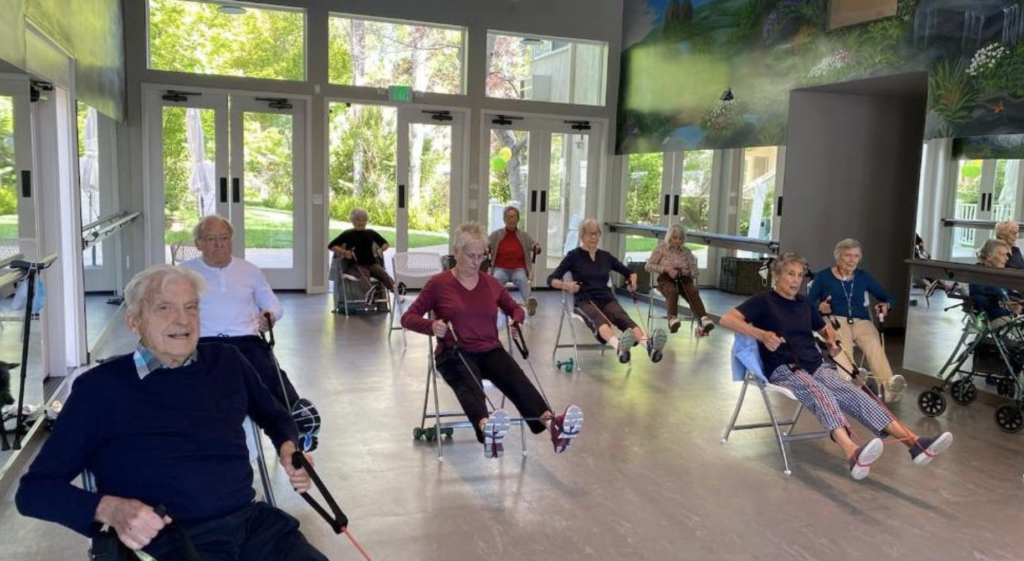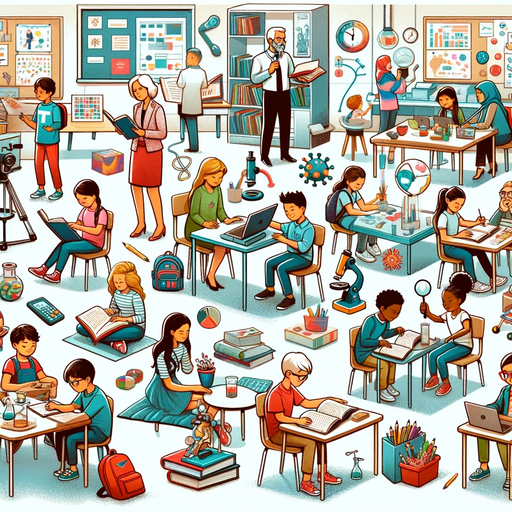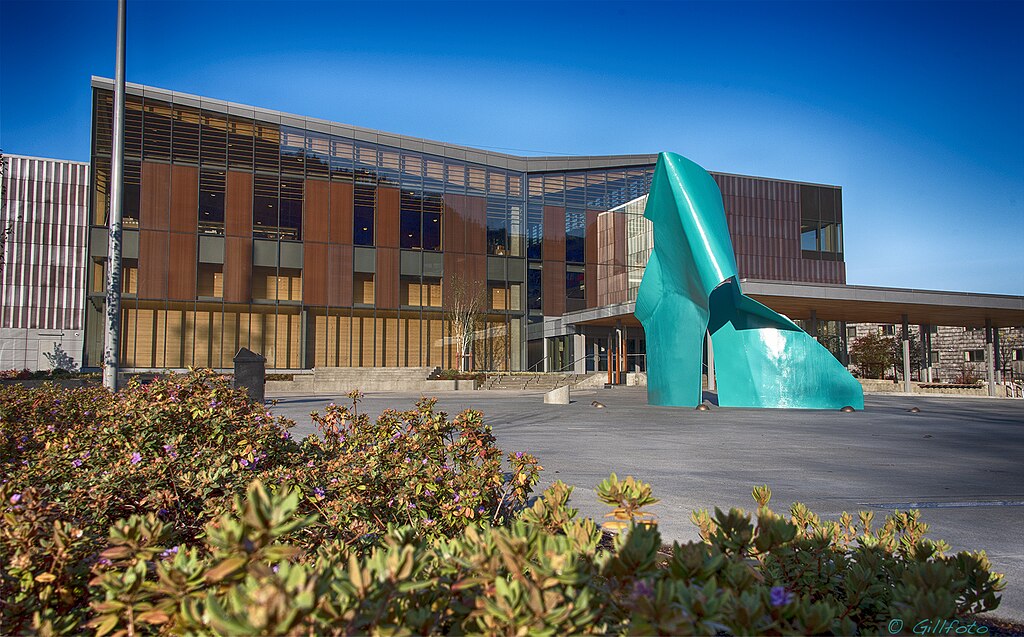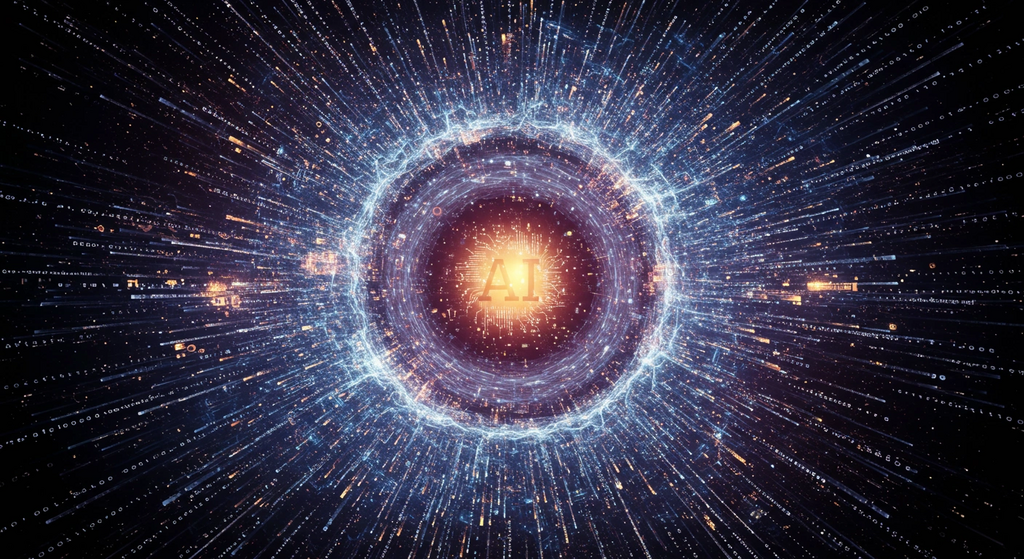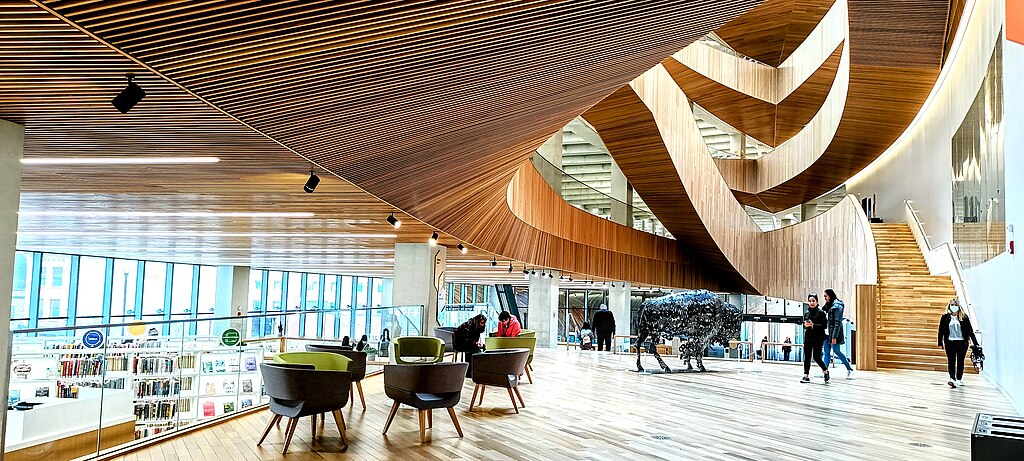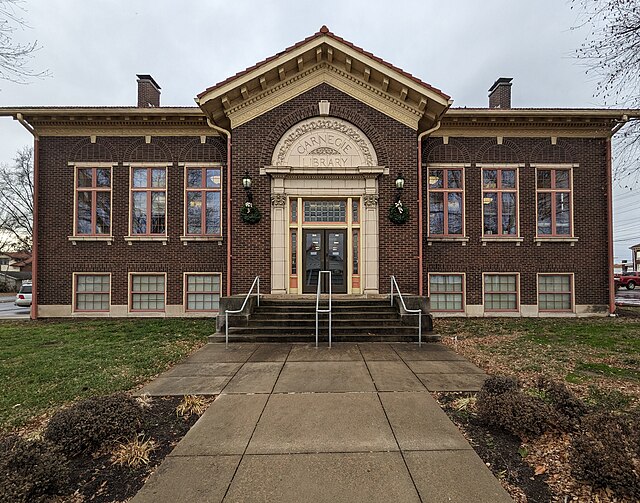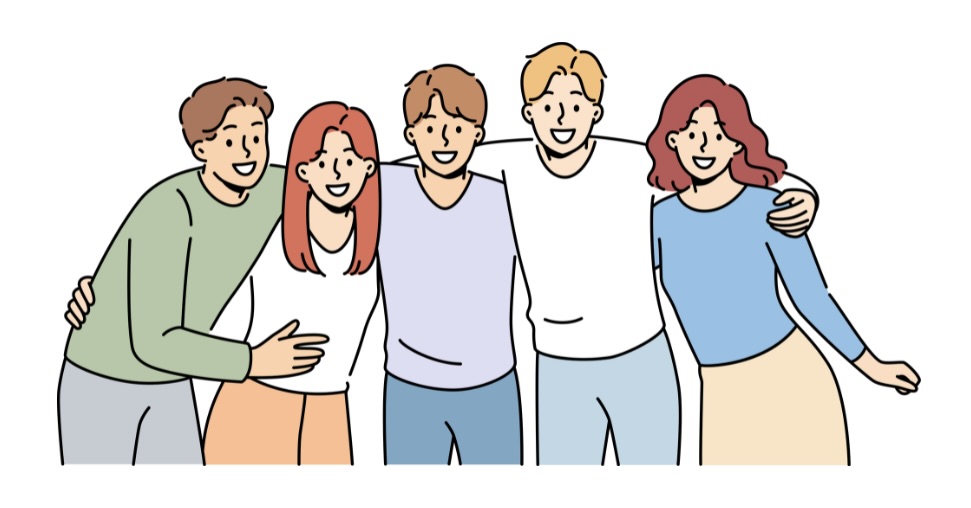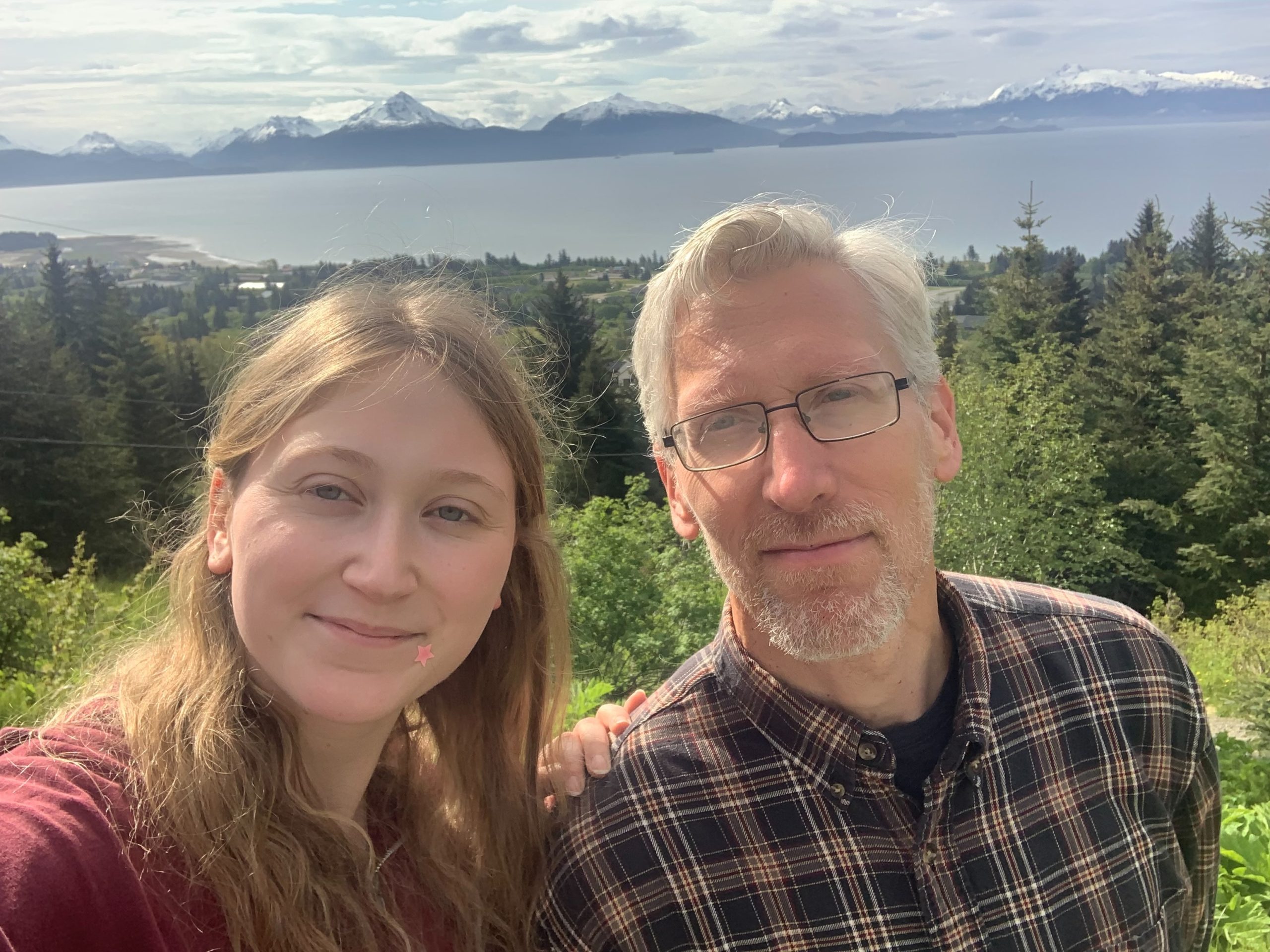-
Assignment – Inspiration Report – Library Recording Studio
Here is my inspiration report for a Library Recording Studio at our local library here in Alaska. Thanks everyone for your encouragement and work in this class. You produced some great work. I’m inspired!
-
Virtual Symposium – It All Connects Crossword Puzzle
Here is a Canva presentation with a crossword puzzle of my key takeaways from this class. The interactive version of the crossword puzzle is available at this link. Give it a try and be sure to come back to look through my slides with my favorite takeaways from INFO 287.
-
Assignment – Innovation Strategy & Roadmap
Here is my plan and roadmap for a wellness program, Library Fit, for my community library. I am familiar with some of the resources of the Network of the National Library of Medicine and believe that public libraries play an important role in teaching health literacy and wellness and can make good partners with other health promotion entities within the community.
-
Reflection Blogging – Infinite Learning
In the hyperlinked library model, libraries are many things, including schools for infinite learning. Massive Online Open Courses (MOOC) opened a world of learning for me in the last decade. I heard about MOOCs in the mid-2010s and found myself living in France on a visa that didn’t allow me to work. To keep myself busy, I tried a few MOOCs and completed a number of them. I was immediately impressed with the access to and quality of instruction. I also completed these at a time when there were more free options for connecting with other students, which changed when these platforms needed to monetize to keep themselves afloat and…
-
Reflection Blogging – The Power of Stories
Everything is story. The life one lives is a story. The things one consumes make up a story. The things people leave behind tell a story. The library has always been the place where one connects with the stories of other humans, either fictional or true. Alaskan libraries often have special collections of items related to Alaska, because those are the stories of our unique home. They sometimes tell of explorers and people who settled and homesteaded in the state. They also tell the stories of Alaska native peoples, their traditions, worldviews and their ways of life. The Alaska Center for the Book has created the Alaska Reads program where…
-
Reflection Blogging – New Horizons
There is much to consider when thinking about the future and libraries. The NMC Horizon Report Libraries Edition considers many facets of what the future looked like for libraries five years on from when it was published in 2017, and many of those trends are still relevant today. The two trends that resonated with me the most and are related to our course content are “Patrons as Creators” and “Rethinking Library Spaces” (New Medium Consortium, 2017). Utilizing patron engagement in the library and redefining where, what and how the library will be in the world continue to directly impact service delivery and are an opportunity for where improvement and change…
-
Reflection Blogging – Hyperlinked Environments
Winston Churchill once said “We shape our buildings; thereafter, they shape us.” This is of course true for library buildings, but it is probably also true for the services that libraries provide. It is hard to get out of the fixed mindset of “just doing things the way they have always been done” and to a mindset focused on opportunity, possibility and change. If libraries will remain relevant in the 21st century they must support, inspire and encourage the people of today, not the people of the past. The story of the Memphis Public Library from Smithsonian Magazine was incredibly inspiring, and it is probably not entirely a coincidence that…
-
Reflection Blogging – Hyperlinked Communities
So far, there are a lot of ideas and threads that this course is pulling together to demonstrate what libraries have been (Library 1.0), what they are (Library 1.5 – 2.0) and what they can be (Library 3.0?). I appreciated the YouTube video by Ciara Eastell at TedX Exeter, where she highlighted the many places where public spaces were closed due to civil unrest or weather disturbances, and then reminded people that libraries were open in these places and during these moments for the very reason they were closed everywhere else. These are the spaces that play a critical role in either giving people a safe place to decompress like…
-
Assignment X – Human Connection in the Library
The most appealing theme that I would like to explore in the Hyperlinked Library model is the prospect of fostering and supporting human connection through the library. The library is operating in a rapidly changing, networked world, and the tools and technology that have been created and are being developed can foster connection, relationship and community. And as Michael Buckland points out, libraries must not only utilize these tools to improve what they do, they must imagine the possibilities of what these new technologies will allow and enable (1999). There is a paradox in the mix here though, since these technologies are at the same time used to spread misinformation,…
-
North to the Future
Hello HyperLinked Library Classmates. My name is Matthew Smith and I am in the final half of my MLIS/SJSU journey. My favorite class in the program so far continues to be INFO 200, Information Communities, mostly for the way it changed my thinking about delivering information services with users in mind. I am excited to think of library services not simply on a transactional basis, but in relationships embedded in community. I am excited that this class continues the thread from INFO 200 and hopefully expands upon it. I live in Alaska and work as a library technician at our local public library. I am fortunate that it is a…
